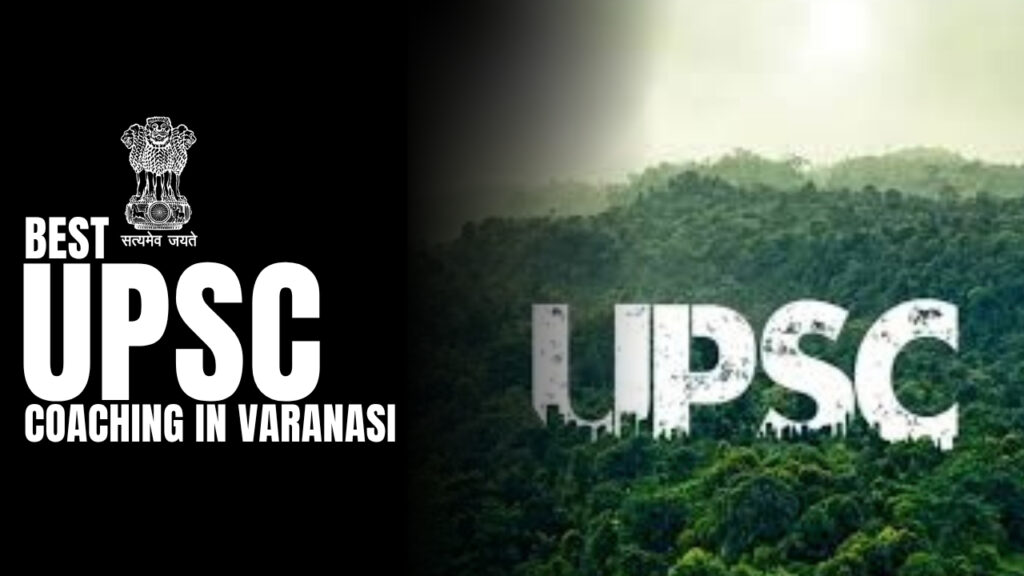📰 Sanjeev Sanyal Criticizes UPSC Coaching Culture: A Wake-Up Call or Misunderstood Concern?
Date: July 27, 2025Source: Business Today & public remarks Renowned economist and member of the Prime Minister’s Economic Advisory Council, Sanjeev Sanyal, has stirred fresh debate in academic and civil services circles by openly criticizing the UPSC coaching ecosystem. In a recent statement, he warned that India’s brightest minds are getting “trapped” in what he described as a “coaching mafia”, which, according to him, is selling an illusion rather than empowerment. 🔍 What Did He Say? Sanyal voiced concern over how a large number of highly talented and capable youth are being consumed by the dream of becoming civil servants — often at the cost of their creativity, time, and potential contributions in other sectors. He compared the UPSC preparation journey to being “fed opium” — a metaphor meant to suggest mental sedation, unrealistic promises, and overdependence on rote learning. He further added that many aspirants, instead of exploring careers in technology, research, entrepreneurship, or innovation, spend years preparing for a highly competitive exam with an extremely low success rate. 🎯 Understanding the Context His remarks are not the first to point out flaws in the current UPSC coaching industry. The ever-growing number of aspirants, commercialized coaching centers, and emotional pressure on students have turned UPSC preparation into a full-fledged industry — often disconnected from actual learning and intellectual growth. Sanyal’s warning, while harshly worded, brings attention to: 📚 What This Means for Aspirants At The Civil Way, we believe UPSC preparation is not a problem — but how you prepare and why you prepare makes all the difference. Sanjeev Sanyal’s concern should not discourage aspirants, but rather push them to: 🏁 Our Stand at The Civil Way We stand for ethical, affordable, and student-centered UPSC preparation. Our goal is to: 🔚 Conclusion Sanjeev Sanyal’s strong words should be seen as a reminder, not a rejection of civil services. UPSC is still one of the most respected platforms to serve the nation — but it should not become a trap or a social compulsion. If approached with clarity, guidance, and the right mindset, UPSC preparation can be a transformative journey — not a wasted one.

